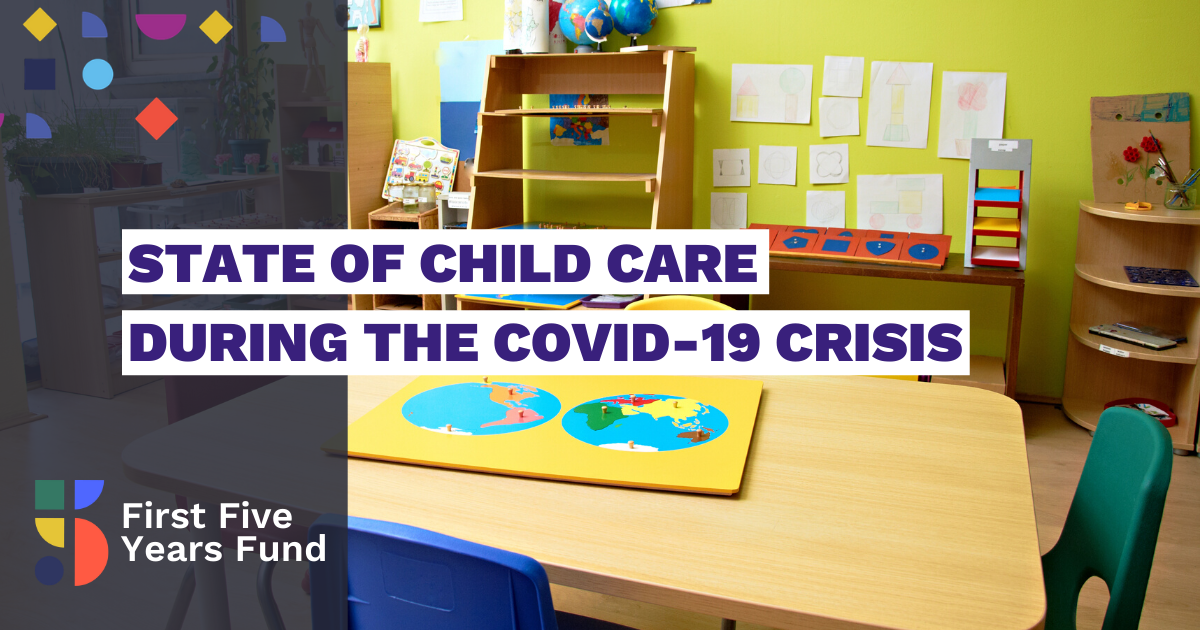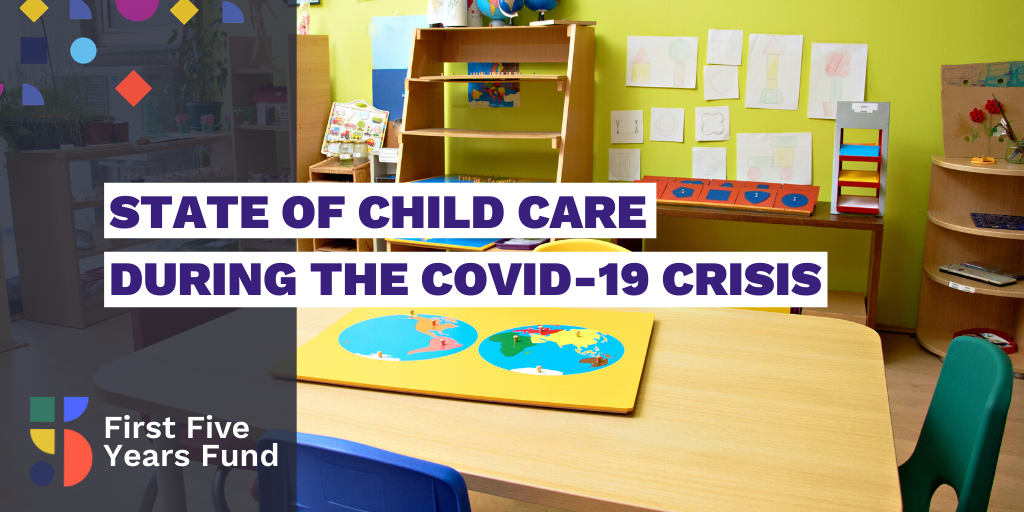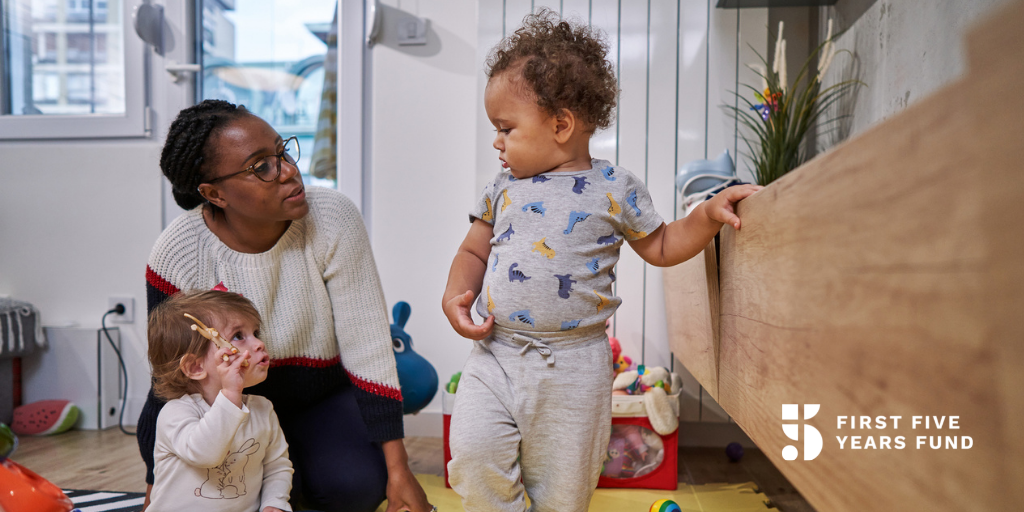Half of America’s Child Care Providers Are Closed, According to New NAEYC Survey

The National Association for the Education of Young Children (NAEYC) released the findings of a new survey of more than 5,000 child care providers across the country, which paints a bleak picture of the impact the COVID-19 crisis is having on the businesses and providers who care for our nation’s children. The child care industry supports every other part of our economy, including our first responders who are on the frontlines of the pandemic.
Some of the major takeaways from the survey:
- Nearly half of providers have completely closed their facilities while 17 percent of providers have closed to everyone except the children of essential personnel;
- Of the facilities remaining open, 85 percent reported operating with less than 50 percent of their enrollment capacity; and the majority of those—65%—were operating at less than 25% of capacity.
- 37 percent of respondents have had to lay off or furlough workers, or they have been laid off or furloughed, and another 41 percent anticipate furloughs or layoffs in the next one to four weeks.
- Further, most programs, whether open or closed, are unable to recoup their normal revenue from families who pay for child care without assistance. 52% of child care centers and 43% of family child care homes are not currently charging parents; another 22% of both groups are offering reduced tuition rates.
- Regardless of what actions programs are taking, however, the majority of respondents have found that fewer than 25% of families are continuing to pay tuition.
- 53 percent of center-based providers and 25 percent home-based care providers applied for a loan through the Paycheck Protection Program. Additional data about the extent to which these applications have been successful will be available soon, but preliminary information collected from providers raises significant concerns about the program and process.
Read the full report from NAEYC’s survey online here.

Across the country, child care providers are facing closures due to declining enrollment related to the coronavirus crisis. According to NAECY’s survey, nearly half of respondents report that their facility has closed completely. This, combined with state data, amounts to more than 100,000 provider closures, plus many more operating with significantly reduced enrollment. Of the providers who remain open, 17 percent are only serving children of essential personnel. These findings provide a deeper understanding of the challenges facing child care providers that were first reported in the initial NAEYC survey which found nearly half of child care programs would not survive a closure of more than two weeks without support and 25 percent said they didn’t know how long they could close and still re-open without support.
The survey also highlights the financial fears of early childhood educators and care providers who were already operating on razor-thin margins prior to this crisis. Eighty-five percent of open facilities reported operating with less than 50 percent of their normal enrollment capacity, and a majority — 65 percent — of those providers are operating with less than 25 percent of normal capacity. As enrollment and attendance plummets, providers that remain open are struggling as many have declined to charge parents or are offering reduced tuition and fewer than 25 percent of families are continuing to pay tuition. Already, 37 percent of child care providers have had to lay off or furlough workers, or have been laid off or furloughed, and another 41 percent anticipate future layoffs or furloughs in the next month.
Congress recently passed the Coronavirus Aid, Relief and Economic Security Act – or CARES Act – which included a number of programs intended to support small businesses, including many child care providers. According to the survey, 53 percent of center-based providers and 25 percent home-based care providers applied for a loan through the Paycheck Protection Program, a $349 billion program that provides loans to allow businesses to pay eight weeks of salary, benefits, and other costs and would be forgiven if a business restores full-time employment and salary levels by June 30. The loan program, which is run by the Small Business Administration ran out of funds within 13 days. Additionally, a majority of survey respondents — 69 percent — expressed concerns about taking on additional debt or loans and are worried about having to pay them back.
It is clear from this survey and the data coming from states that the state of child care in America, which was already in dire straits before this crisis, is now hanging on by a thread. With financially unstable child care providers competing against millions of other small businesses for dwindling loans, and concerns about delays to Child Care and Development Block Grant (CCDBG) funds being awarded to states just last week, it is clear that any future Congressional relief package must prioritize the unique needs of the child care industry. The results of this survey underscore the critical need for state and federal support for child care providers to ensure they remain open during — and after — this crisis. As the backbone of our economy, our nation’s path to recovery will be incomplete if we allow this industry to collapse. Without question, families will need child care providers open and ready for business when the time comes for the nation to get back to work.
Subscribe to FFYF First Look
Every morning, FFYF reports on the latest child care & early learning news from across the country. Subscribe and take 5 minutes to know what's happening in early childhood education.



